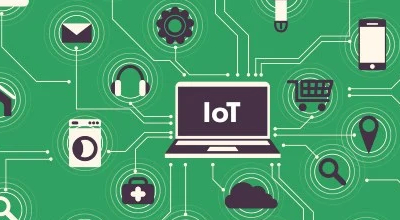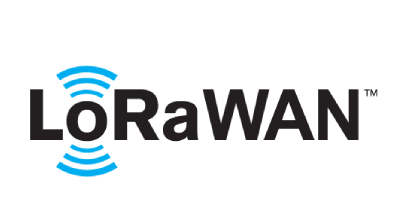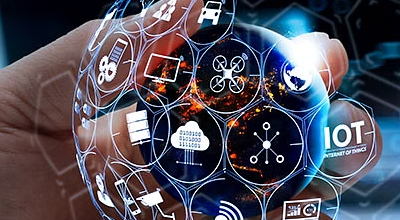
Smart Energy Management with NB-IoT Technology
The internet of things (IoT) has revolutionized the way we approach energy management by allowing us to connect and control devices remotely. One subcategory of IoT, called narrowband IoT (NB-IoT), has particularly gained attention in the energy sector due to its low power consumption and ability to function in challenging environments. In this article, we will explore how NB-IoT is being used to improve energy management and what the future holds for this technology.
What is NB-IoT?
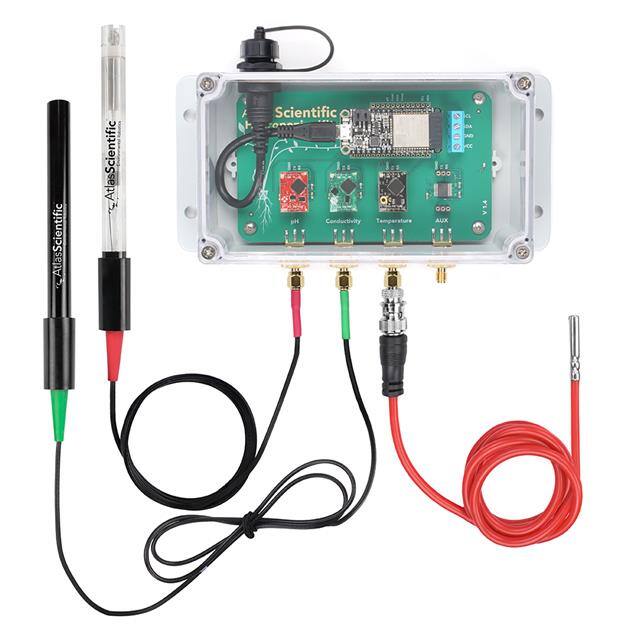
NB-IoT is a low-power, wide-area (LPWA) networking technology that operates in licensed spectrum bands. It was developed to enable a wide range of IoT applications, including energy management, by providing long-range communication with low power consumption. NB-IoT uses a narrowband radio frequency to transmit small amounts of data over long distances, making it ideal for applications that require infrequent data transmission, such as smart meters and sensors.
Benefits of NB-IoT for Energy Management
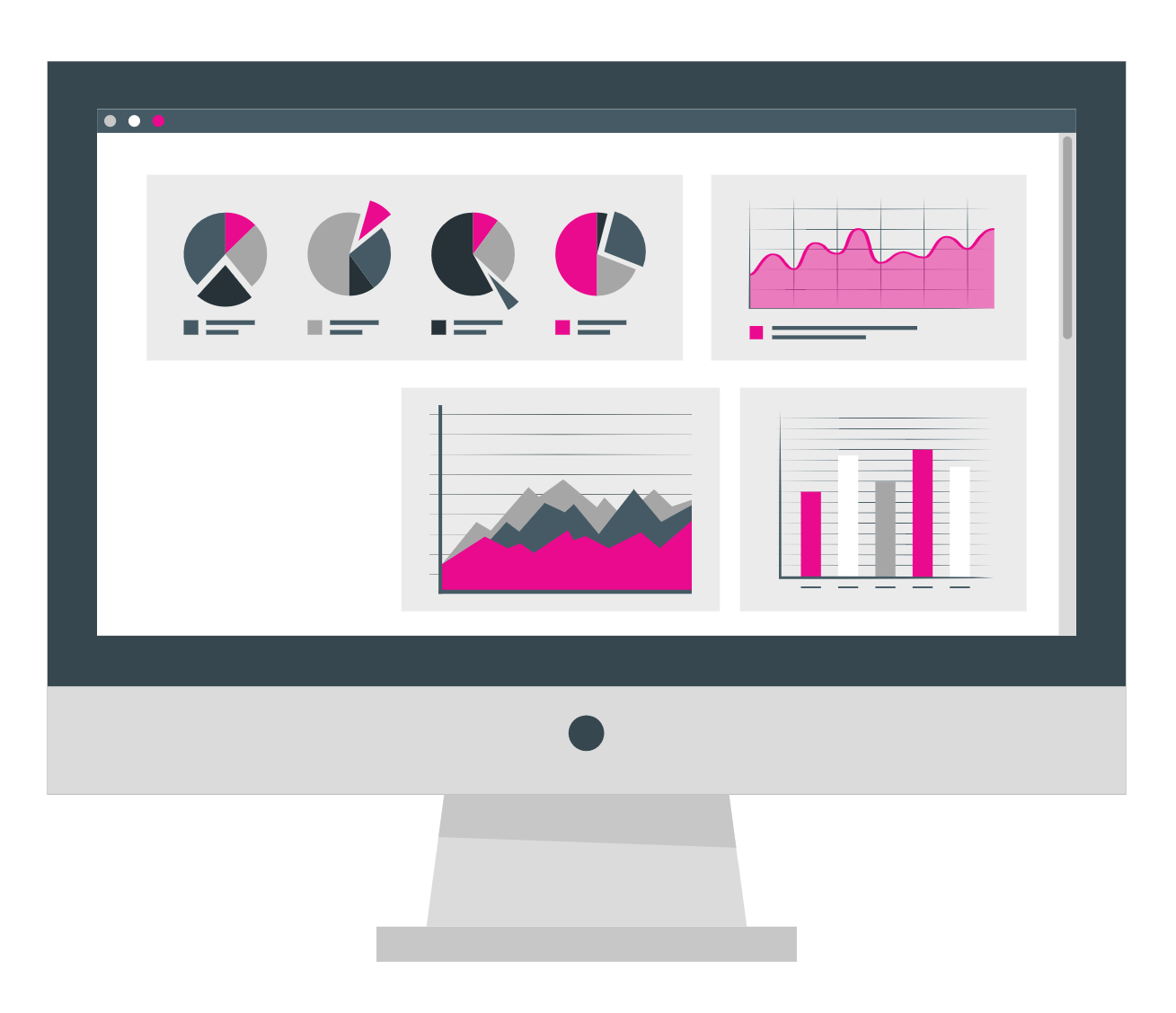
One of the primary benefits of NB-IoT for energy management is its low power consumption. Traditional IoT devices rely on Wi-Fi or cellular networks, which require a significant amount of power to transmit data. This can be a problem for energy-sensitive devices, such as sensors, that need to operate for long periods of time without access to a power source. NB-IoT, on the other hand, uses a narrowband frequency that requires less power to transmit data, allowing devices to operate for longer periods of time on a single battery charge.
Another advantage of NB-IoT for energy management is its ability to function in challenging environments. Traditional IoT devices can be disrupted by physical barriers, such as walls and buildings, which can limit their range and reliability. NB-IoT, on the other hand, is able to transmit data through these barriers, making it ideal for applications in urban environments or underground.
Finally, NB-IoT is relatively inexpensive to implement compared to other IoT technologies. This makes it an attractive option for energy companies looking to deploy a large number of devices, such as smart meters, across a wide area.
Applications of NB-IoT in Energy Management
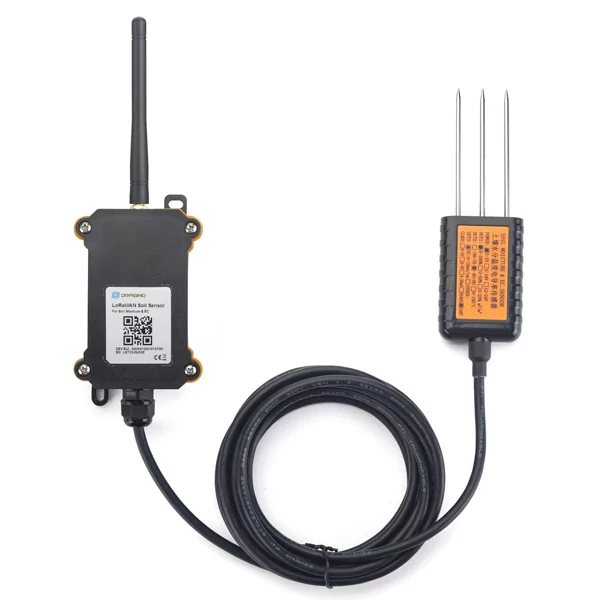
There are a number of ways in which NB-IoT is being used to improve energy management:
Smart Metering: Smart meters are devices that measure and transmit energy usage data to energy companies in real-time. This allows energy companies to monitor and optimize their energy distribution, as well as provide customers with accurate billing information. NB-IoT is an ideal technology for smart metering due to its low power consumption and ability to transmit data over long distances.
Energy Monitoring: NB-IoT can be used to monitor energy usage in real-time, allowing energy companies to identify and address energy inefficiencies. For example, sensors can be placed on equipment to monitor energy usage and transmit data back to a central system. This data can then be analyzed to identify equipment that is using more energy than necessary and recommend ways to optimize energy usage.
Renewable Energy Monitoring: NB-IoT can also be used to monitor renewable energy sources, such as solar panels and wind turbines. Sensors can be placed on these sources to transmit data on energy generation and usage back to a central system. This data can be used to optimize energy generation and identify potential problems with equipment.

